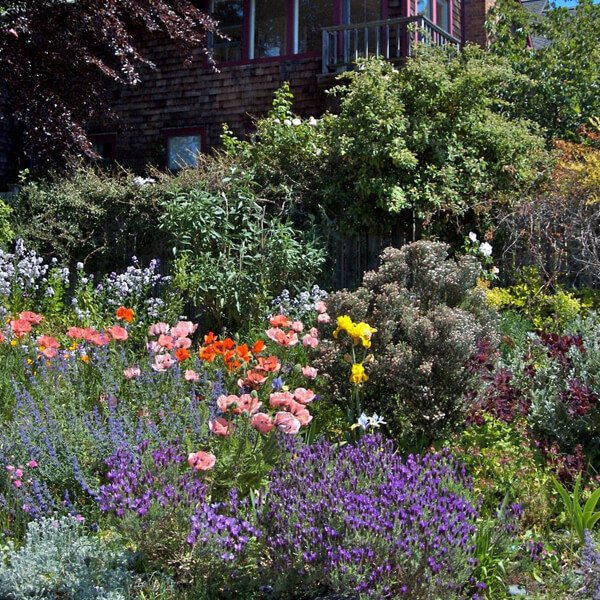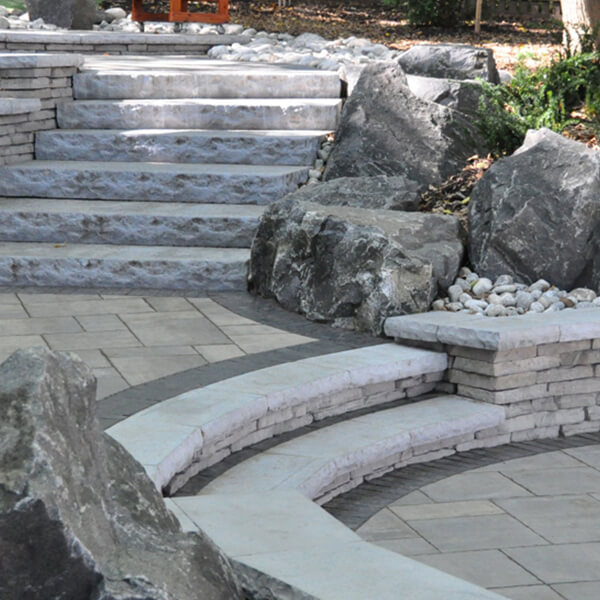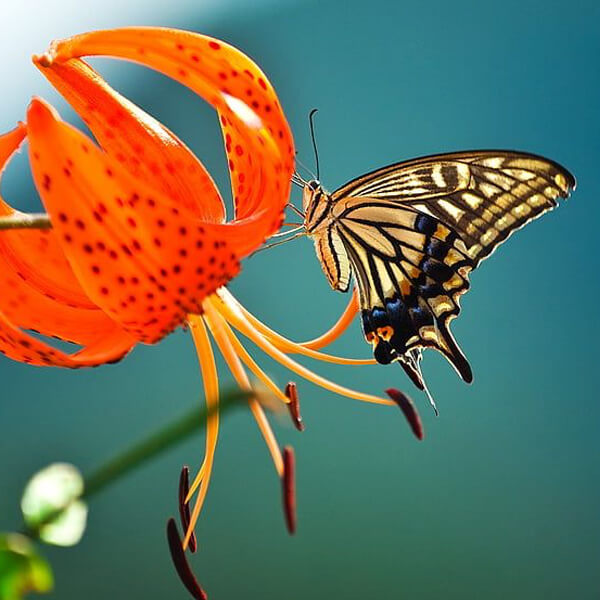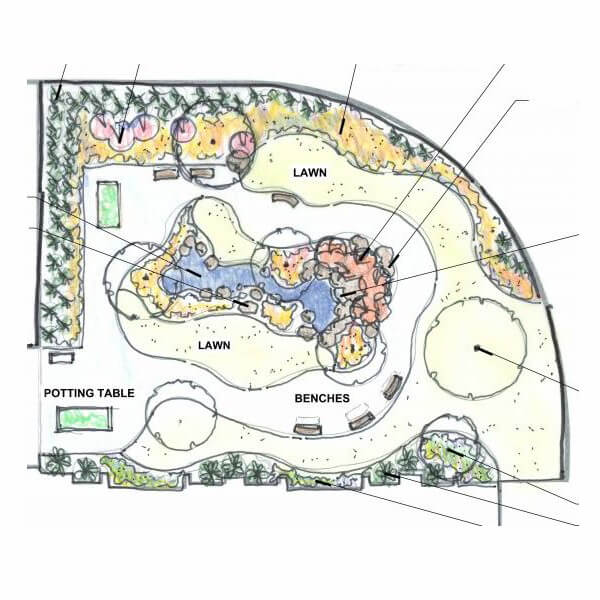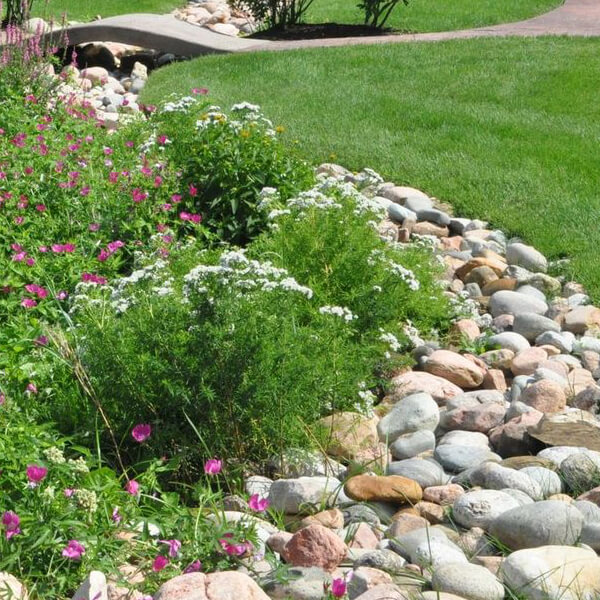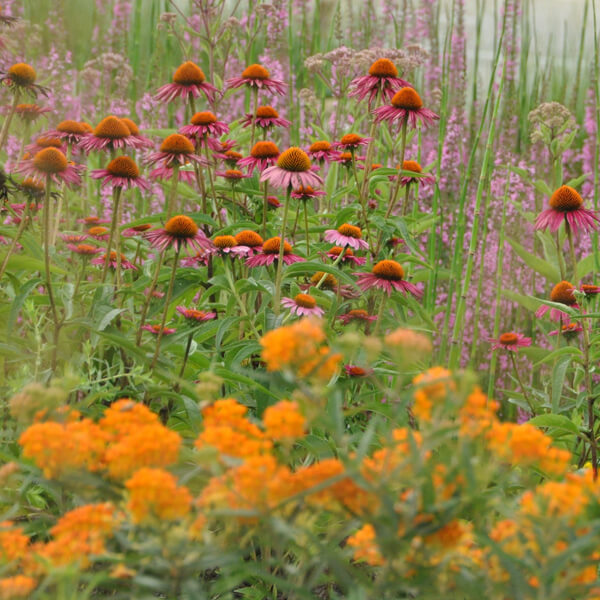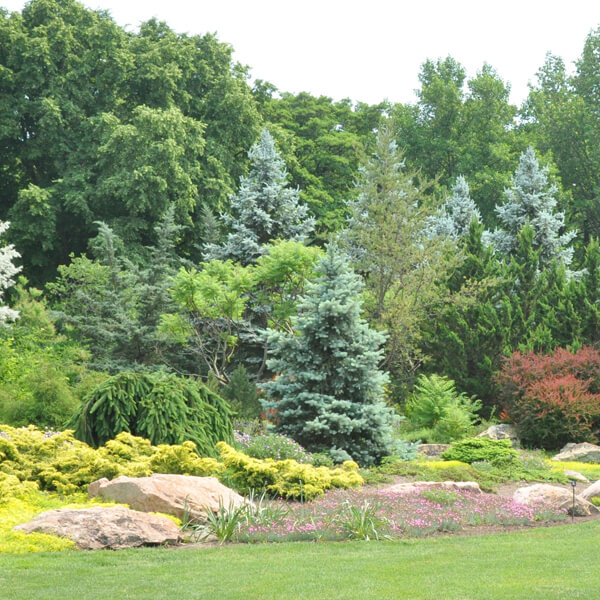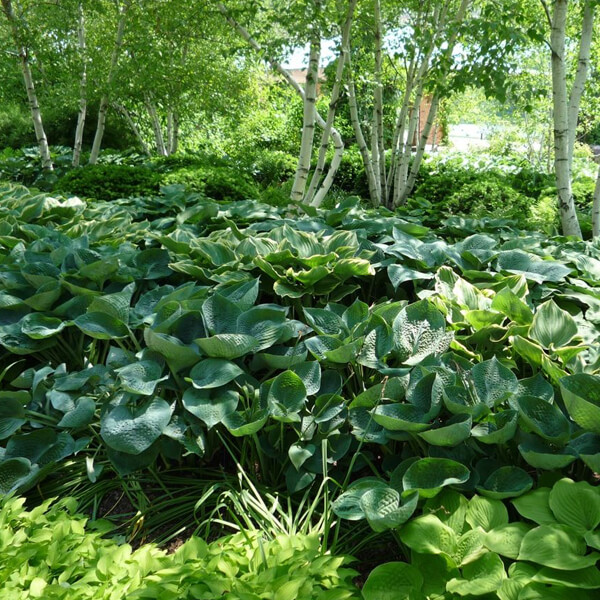One of my most important goals of the 2024 gardening season is to seek out companies that are working hard not only to beautify our environment, but also to protect it. I believe that Embassy Landscape Group, based out of Kansas City, Missouri exemplifies those qualities.
.jpg)
Low Maintenance Landscaping
Rather than a place to relax and unwind, the idealized suburban landscape of perfectly manicured turf, neatly edged walkways and precisely pruned shrubs can easily become another back-breaking responsibility. There are ways however, to tweak a design that reduce the workload without sacrificing the beauty.

Finding The Right Landscape Maintenance Company
Whether you're thinking about your own home, or planning for large, commercial properties, the dead of winter, before the season starts, is the best time to find the landscape maintenance company that meets your particular needs. In almost every community across the nation, there are dozens of landscape maintenance companies available – everything from small, local businesses to huge, nationally recognized names that offer a range of services. While it might seem overwhelming to sift through all the options, finding the right company now can wind up saving you time, money and frustration in the future.
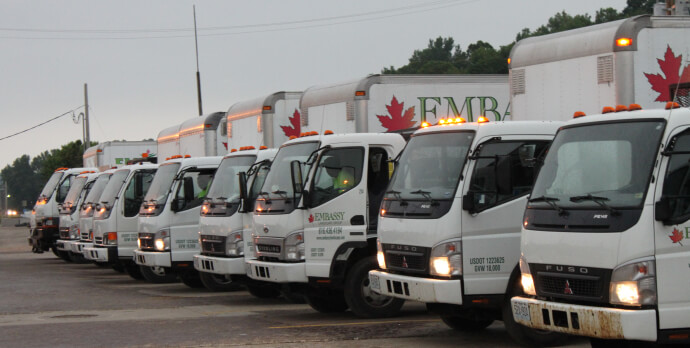
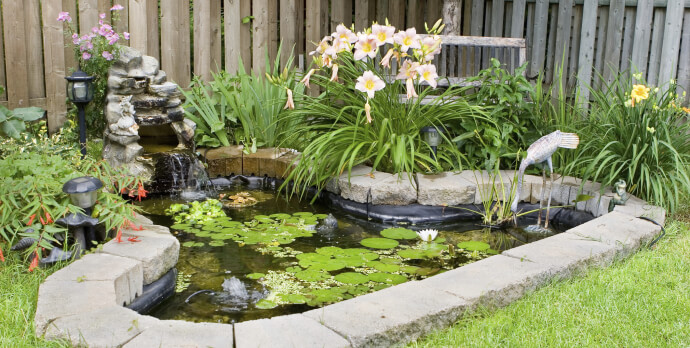
Consider Micro-climates When Using a Climate Zone Map
We are having our typical February break from winter. The sun is shining and it’s even warm enough to trade the heavy winter coat for a light jacket. No matter what chores are looming inside, the pull is to be outdoors and in the garden. Obviously it isn’t time to plant (here in Missouri we are almost guaranteed another burst of winter soon), but it is a great time to plan.

What's In Store in '24?
I was browsing the internet the other day, looking for inspiration when I ran across an interesting twist on the favorite January topic of gardening trends for 2024. Instead of what to do, this article described what not to do. While I appreciated the premise – there are definitely trends to let go of – aren’t there viable alternatives? Looking for answers, I turned to the design staff at Embassy Landscape Group.
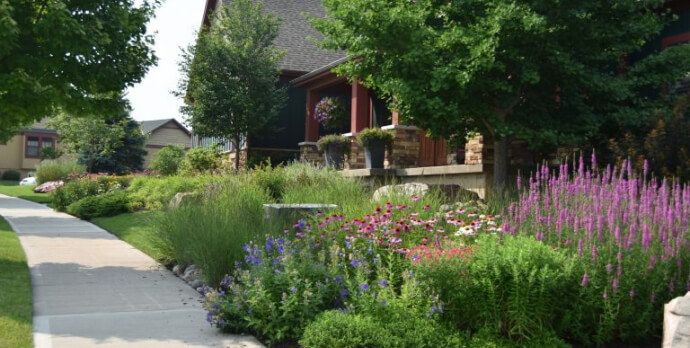
Digging into Dirt: Nurturing the Soil
In 1937, after witnessing the havoc and economic desperation that the Dust Bowl had wreaked on our nation, Franklin D Roosevelt sent a letter to all of the governors of the United States, asking them to oversee the adoption of legislation that would create soil conservation districts. In his letter, Roosevelt wrote, “The nation that destroys its soil destroys itself.” His words, so appropriate to the time, still hold truth for us today. Because of our incomplete understanding of soil biology combined with incorrect and overuse of chemicals, we have put our soil and water at risk. If we continue to destroy our environment, then we will eventually destroy ourselves.

Digging into Dirt: The Soil Water Connection
As strange as it may seem, I’d like to start the second blog in our soil series thinking about water. Soil is our economic base, but water is our lifeblood. And the reality is that soil and water are directly connected.
Digging into Dirt: What Kind Is It?
As much as I appreciate the precision of the classification system for research, there are only a few soil types that we really need to know and understand in order to be successful in our own yards. Those four main soil types are sand, silt and clay which, when the previous three are mixed together, form the fourth type, loam. Each has a different texture, different characteristics and often different colors.
Categories
